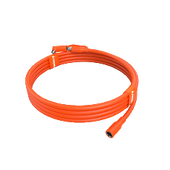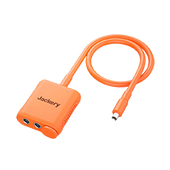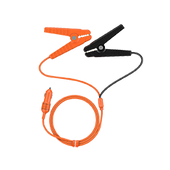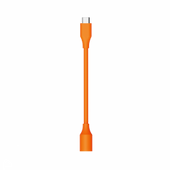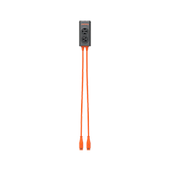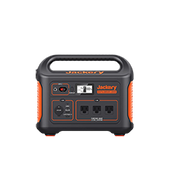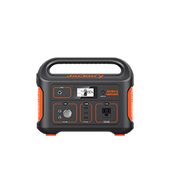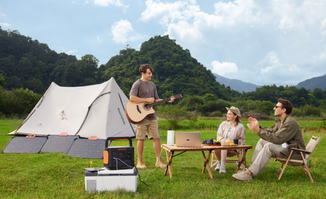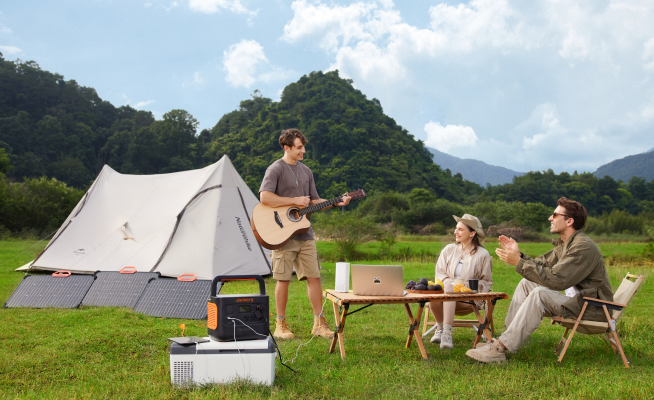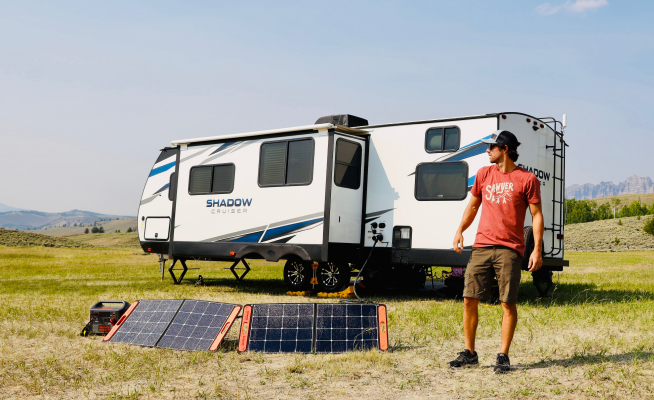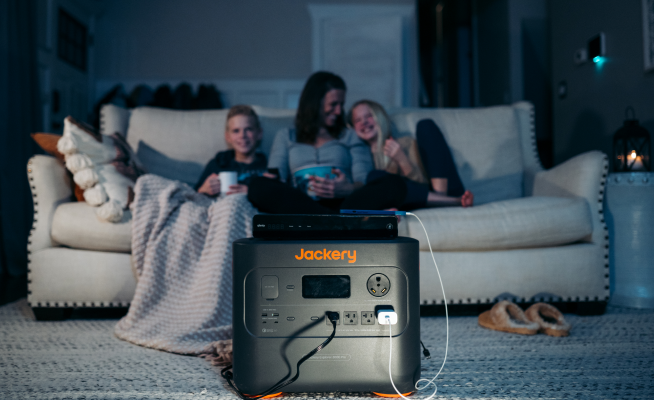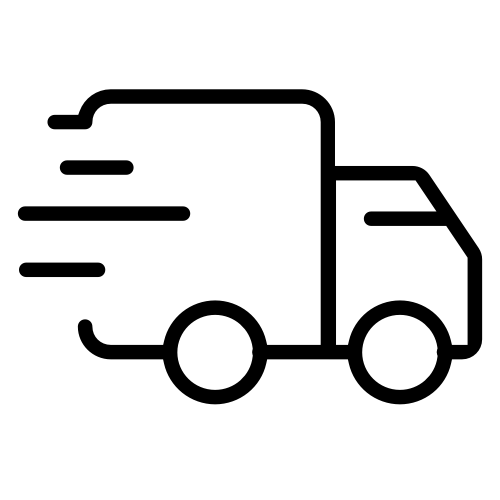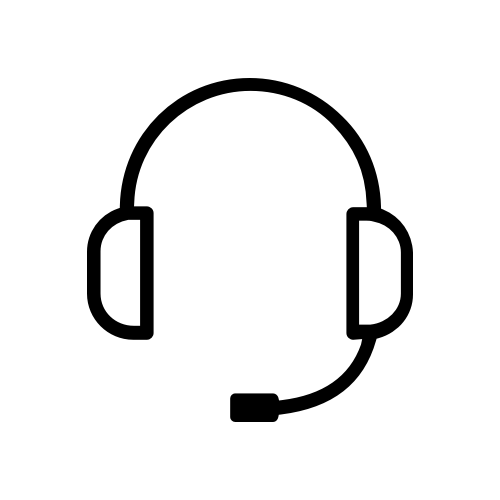In modern society, electricity is an important energy source that supports daily household life and industrial production. However, natural disasters, equipment failures, or other unforeseen events can cause power outages, making a home generator with solar panels, like Jackery Solar Generator 2000 Plus, even more critical. A home generator ensures the regular operation of essential facilities such as lighting, refrigeration, and medical equipment.
Apart from these emergencies, garden and outdoor use are also typical. But can using a home generator be dangerous? Even raising this question will surprise many people. The risk is listed as electrical backfeeding, which is harmful and occurs when energy flows back from your electrical generator into the utility lines. Electrical backfeeding not only threatens people's safety but may also cause irreversible damage to the power system, even electrical fires, resulting in casualties and property damage.
Don’t worry, this article will explain how to use your household backup generator safely and effectively while avoiding the risks of backfeeding.
What May Cause Electrical Backfeeding?
Electrical backfeeding is dangerous when electricity flows in the opposite direction of its intended path. By these mistakes, you may meet electrical backfeeding:
Improper Generator Connection
People might be tempted to plug their solar with generator backup into a regular outlet, like the one for a dryer. This action bypasses the safety shutoff that isolates your home's wiring from the utility grid.
Faulty or Inadequate Safety Devices
In the case of uninterruptible power supply (UPS) systems, backfeeding can occur if the internal or external safety devices designed to prevent backflow are faulty, inadequate, or absent.
For example, an ATS (Automated Transfer Switch) is an external transfer switch designed to convert between the main power supply and the backup generator automatically. However, if the ATS fails to detect a power outage or does not switch correctly, it can lead to backfeeding.
Unstable On-Grid Power Supply
When the main power supply is not entirely disconnected from the backup generator or UPS system during an outage, there is a risk of backfeeding. On the opposite, if the main power supply is re-energized suddenly after a power failure, and you just connect your backup generator to run, the electricity generated from the generator can flow back into the grid, causing backfeeding as well.
Operations of Solar Power Systems
In some cases, renewable energy systems like solar panels can contribute to backfeeding. These systems are not correctly configured with anti-islanding protection; they may continue to feed power into the grid even when the main power supply is down.
Addressing Electrical Backfeeding at Home
If you suspect electrical backfeeding in your home, here are the immediate steps you should take to ensure safety and prevent further damage:
1. Turn Off the Generator Immediately
It's the most crucial step. Locate your generator and shut it down completely. Follow the manufacturer's instructions for proper shutdown procedures. If you have problems with the on/off switch or have lost your user manual, don't take any chances; call a qualified electrician immediately.
2. Disconnect All Appliances
Once the home generator is off, go through your house and unplug all appliances and electronics. It will minimize any potential for electrical surges or damage when the power resumes.
3. Urge Your Families to Cut down on Electricity
Encouraging families to reduce electricity usage is a crucial step in preventing electricity backfeeding, especially in situations where some members may be utilizing power from the grid. This reduces the likelihood of backfeeding, which can pose safety hazards to utility workers and damage electrical equipment.
Besides, it is also a good time to educate your family member to be vigilant about electricity backfeeding when using the home generator preventing accidents and ensuring the safety of their own.
4. Contact a Licensed Electrician
After taking the above safety measures, call a licensed electrician immediately. Explain the situation and the steps you've already taken. A qualified electrician can diagnose the source of the back feeding, ensure your home's wiring is safe, and make any necessary repairs to restore proper electrical flow.
5. Additional Tips
- Identify Warning Signs: Backfeeding might not always be readily apparent, but some warning signs can indicate its presence. These include flickering or dimming lights, appliances running erratically, or a burning smell from electrical outlets or panels.
- Inform Your Neighbors:If you suspect backfeeding, especially if you have a permanent generator, inform your neighbors. It will help them avoid using electrical appliances that could put them or utility workers at risk.
Remember that electrical backfeeding is a severe safety hazard. By these steps above and prioritizing your safety, as well as your family and utility workers, you can effectively address the situation and prevent potential harm.
Preventing Electrical Backfeeding at Home with a Generator
Electrical backfeeding is a severe safety hazard, but there are several steps you can take to prevent it from happening again, especially when using a home generator. Here's a detailed breakdown of preventative measures you can implement:
Install a Transfer Switch
It is the most effective way to prevent electrical backfeeding from a home generator. A transfer switch acts as a gatekeeper for your home's electrical system. Here's how it works:
- Regular Operation:When power is available, the transfer switch automatically routes electricity from the grid to your home's electrical panel. Your generator remains off.
- Power Outage: In the event of a power outage, the transfer switch detects the loss of utility power and seamlessly switches your home's electrical system to the generator. It ensures there's no overlap or chance for backfeeding.
- Power Restored:Once utility power is restored, the transfer switch automatically switches your home back to the grid and safely shuts down the generator.
It ensures your home receives power safely without the risk of backfeeding to the utility lines. Once the power outage is over, the transfer switch detects the return of utility power, disconnects your home from the home generator, and reconnects it to the grid. The generator automatically shuts down, ready for the next outage.
- Proper Grounding
Proper grounding plays a vital role in preventing backfeeding. A grounding system offers a low-resistance path for any stray electrical current to flow safely to the earth. It helps prevent voltage spikes and potential back-feeding scenarios.
- Use Heavy-Duty Cords
If you must use an extension cord to connect your generator to your home (highly discouraged with a transfer switch available), ensure it's a heavy-duty cord specifically designed for generator use. These cords are rated to handle the higher amperage output of generators and minimize the risk of overheating or electrical faults that could lead to backfeeding.
- Investing in an Off-Grid Solar System
If your home utilizes an on-grid home generator with a solar-powered power pack, consider investing in an off-grid system.
Off-grid home generator systems operate independently of the grid, meaning there's no possibility of backfeeding electricity into the grid during power outages. This ensures the safety of utility workers and prevents potential damage to electrical infrastructure. Moreover, this kind of home generator system offers greater flexibility and reliability in remote or off-grid locations where grid connections may be unreliable or unavailable. They provide a consistent and stable power supply without the risk of backfeeding, enhancing energy resilience in such areas.

Off-Grid Generators: The Ultimate Power Backup Solution for Homes
During a power failure, a solar generator for home can be an invaluable asset for maintaining power continuity. Here's why:
- Self-Sufficiency
Off-grid generators are independent power-generating devices. They do not rely on the primary grid, so when the grid fails, the home generator can still operate and supply power to the home.
- Immediate Power Supply
When a power failure occurs, an off-grid home generator can be started immediately to provide power without delay. This is particularly important for homes that rely on electricity for critical functions, such as medical equipment, heating, or cooling systems.
- Scalability and Flexibility
These home generators come in various sizes and power outputs, allowing homeowners to choose a generator that best matches their power needs. They are often portable and mobile so that you can feel free to enjoy the power whenever you meet the power failure, and wherever you need the power.
- Independence from Utility Companies
With a home generator, homeowners have control over their power supply and are not at the mercy of utility companies or the state of the primary grid. This independence can be especially beneficial in areas prone to frequent power outages or where grid reliability is a concern.
- Energy Security
A home generator provides a sense of energy security. Knowing that there is a backup power source in place can give homeowners peace of mind, especially during severe weather events or other situations that may disrupt the main power supply.
- Integration with Renewable Energy Systems
These home generators can utilize renewable energy resources like solar power, which not only increase the overall efficiency of the power supply but also reduce reliance on fossil fuels, contributing to a more sustainable and environmentally friendly energy solution.
Introducing Jackery Solar Generator 2000 Plus
Our Jackery Solar Generator 2000 Plus, one of the best solar generators in Canada, is a powerful and eco-friendly solar-powered home generator solution to satisfy your energy needs when power outage comes, preventing the electricity backfeeding happening.
Here are some of its standout features that demonstrate its capability to power your home:
- High-Capacity Battery and Output
With its 3000-watt output and 2024.8Wh battery capacity, it can run multiple appliances simultaneously, ensuring that your home remains powered even during extended outages. Moreover, the battery in Jackery Solar Generator 2000 Plus can be expanded. With the ability to support up to 5 add-on battery packs concurrently, this home generator’s battery capacity skyrockets from 2 kWh to an extraordinary 12 kWh, making it the ultimate companion for home emergencies to empower the entire house.
- Versatile Power Outputs
Our Jackery Solar Generator 2000 Plus is equipped with multiple power outputs, including AC, DC, USB, and carports. This variety allows you to connect and power a wide range of devices, such as laptops, refrigerators, air conditioners, and power tools. As a result, your life would not be interrupted by power failure, keeping everything running in a sustainable way.
- Charging Methods
The LFP battery module in Jackery Solar Generator 2000 Plus, which is the Jackery Explorer 2000 Plus Portable Power Station could be recharged quickly through wall charging in 2 hours. When you are in the power failure, and you run out of the battery. This power station also allows you to get it charged by solar energy via Jackery SolarSaga 100W (included in this solar generator complete set). As a result, you can replenish it fully in 14 hours if you connect 2 Jackery SolarSaga 100W Solar Panels to this solar-powered power pack. You can gain true energy independence for your home no matter if the power failure comes or is out.
- Eco-Friendly and Sustainable
By incorporating solar charging capabilities, our Jackery Solar Generator 2000 Plus promotes eco-friendly energy use. It helps reduce your carbon footprint and reliance on fossil fuels, aligning with the global shift towards sustainable living.
- User-Friendly Interface
Features an intuitive user interface with clear indicators for power output, battery capacity, and charging status. This user-friendly design makes it easy for anyone to monitor and manage the power supply at this special moment, ensuring that your home's energy needs are met efficiently and effectively.

Conclusion
As one of the leaders in the solar generator industry, we, Jackery, provide various reliable solar-powered home generator options like the Jackery Solar Generator 2000 Plus, based on our proven experience and expertise in manufacturing solar-powered home-based systems. Our commitment to innovation and user safety ensures you have a reliable and efficient power source for emergencies or outdoor adventures. If you are interested, please visit our Jackery’s official website to check out more information!









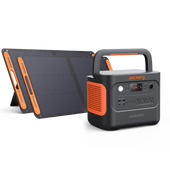

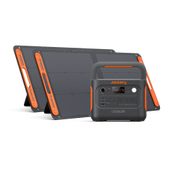
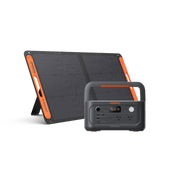
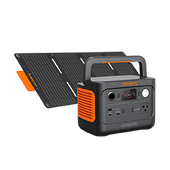


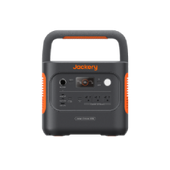
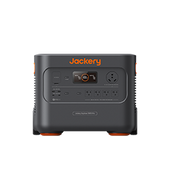
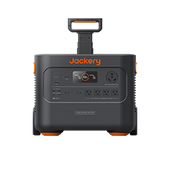

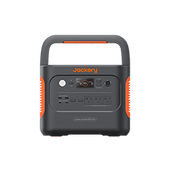
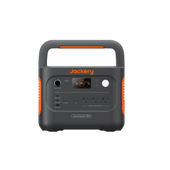
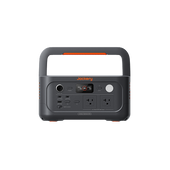

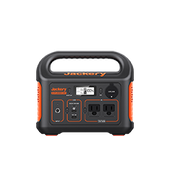
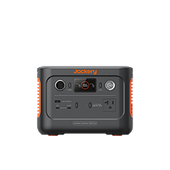

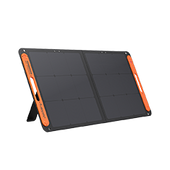

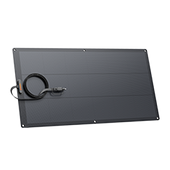
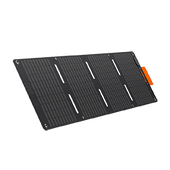
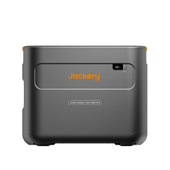
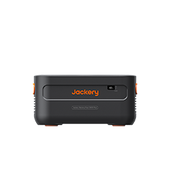
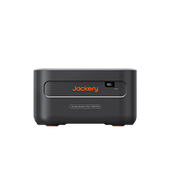
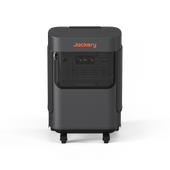
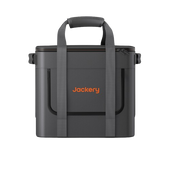

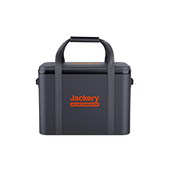
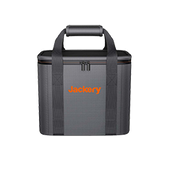
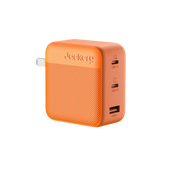
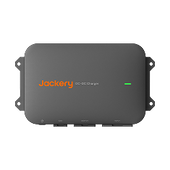
![[Add-on] Jackery Manual Transfer Switch for Explorer 5000 Plus](http://ca.jackery.com/cdn/shop/files/add-on-jackery-manual-transfer-switch-for-5000-plus-240V.webp?v=1757043692&width=170)
